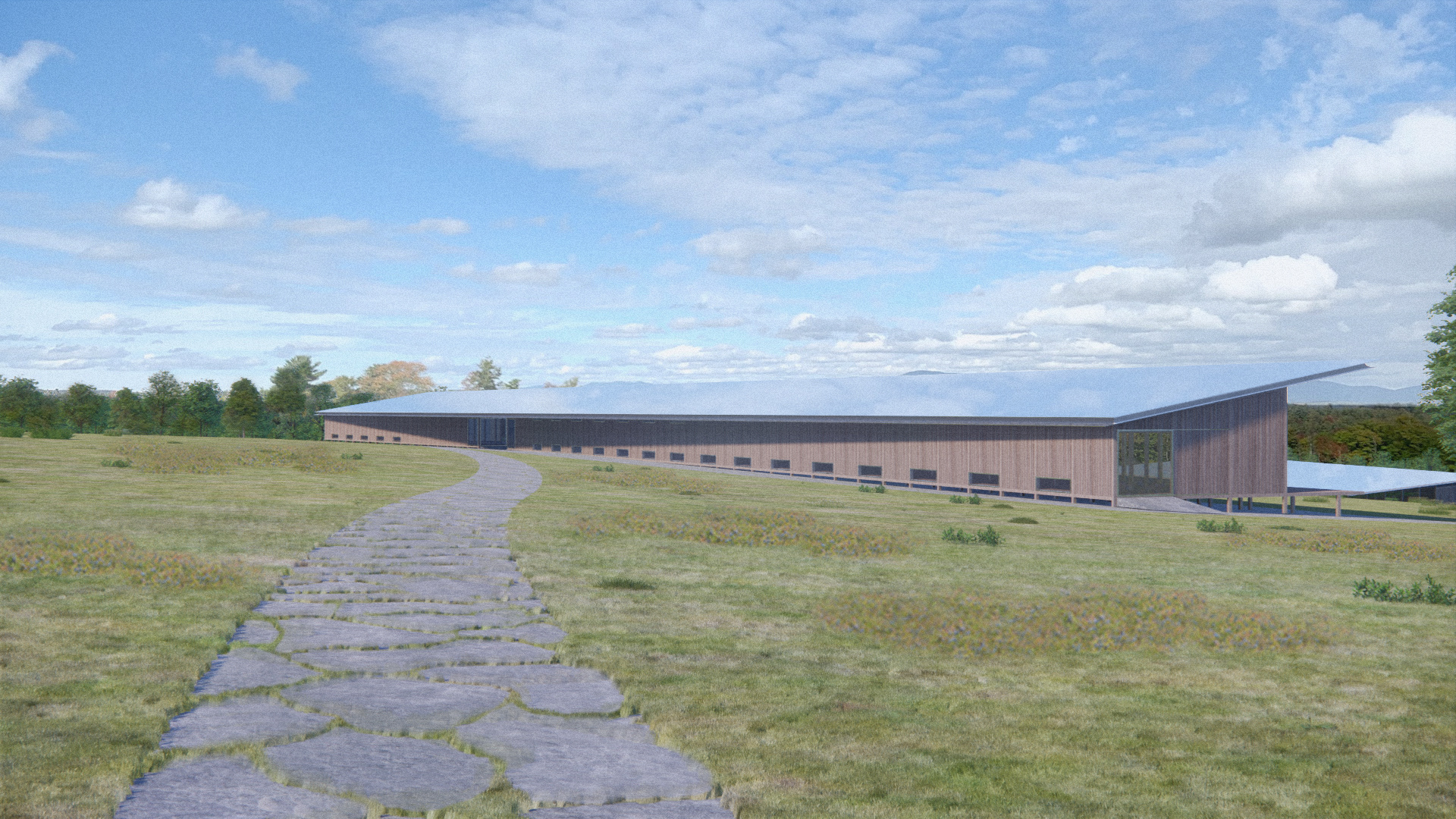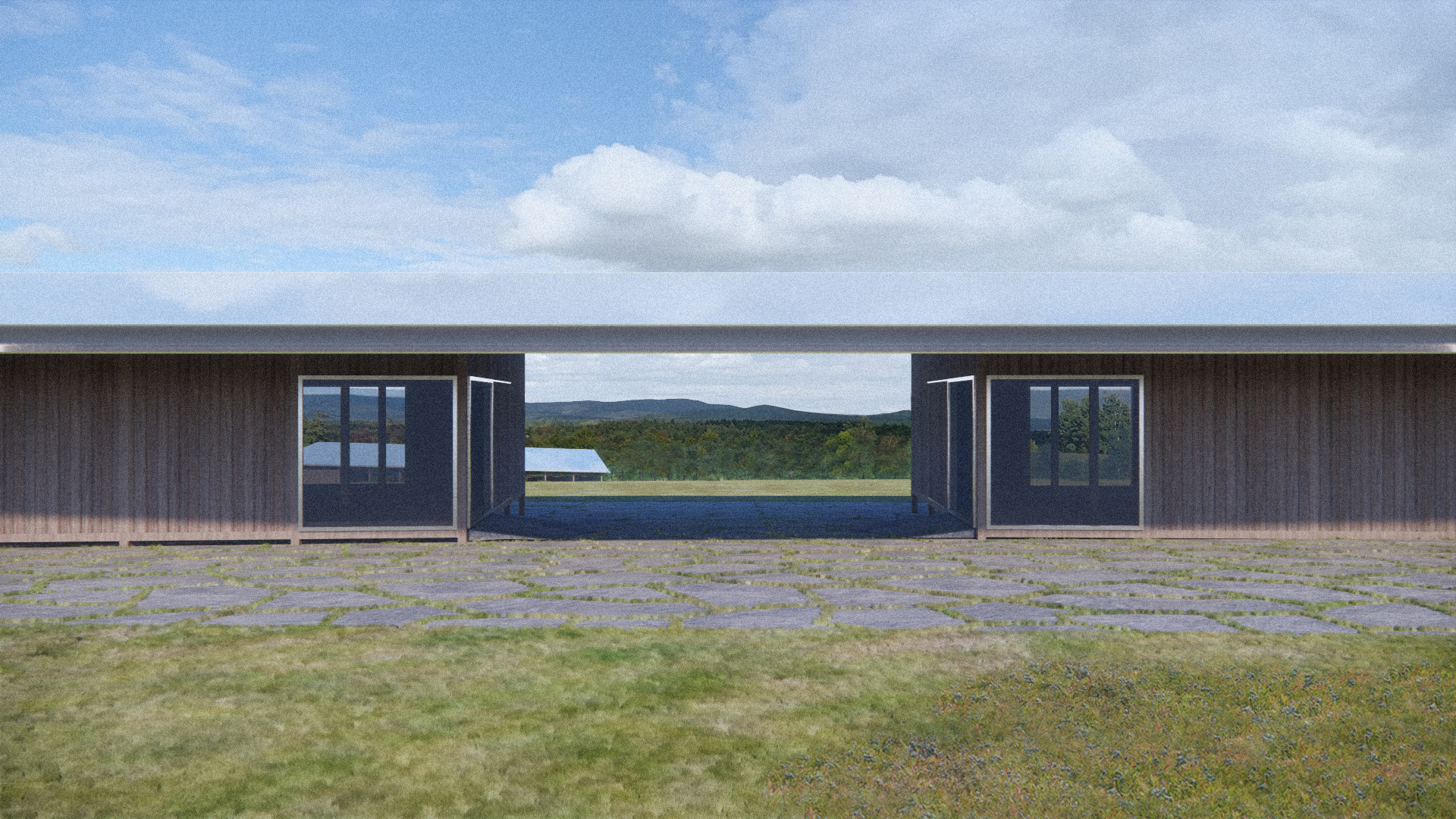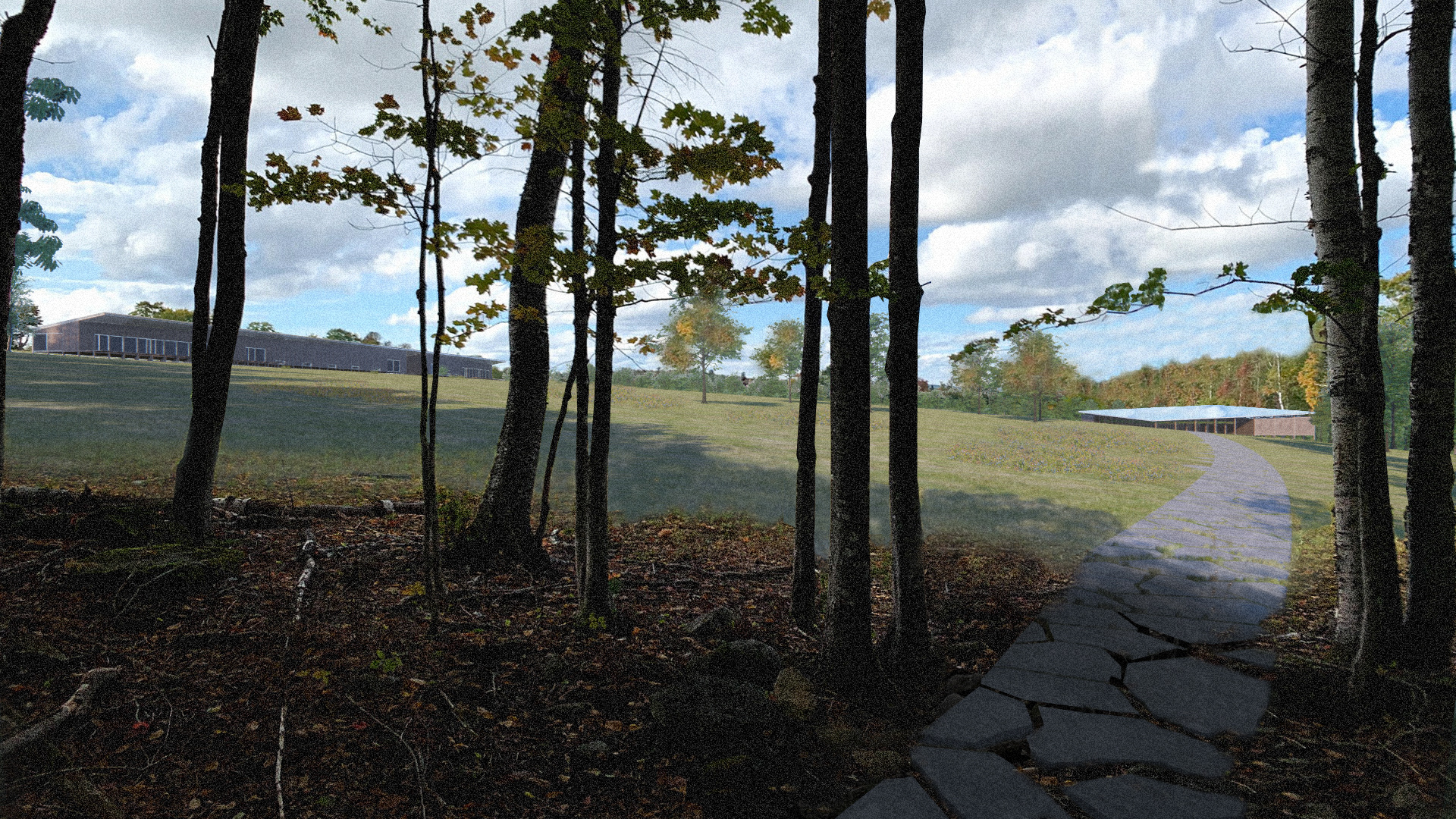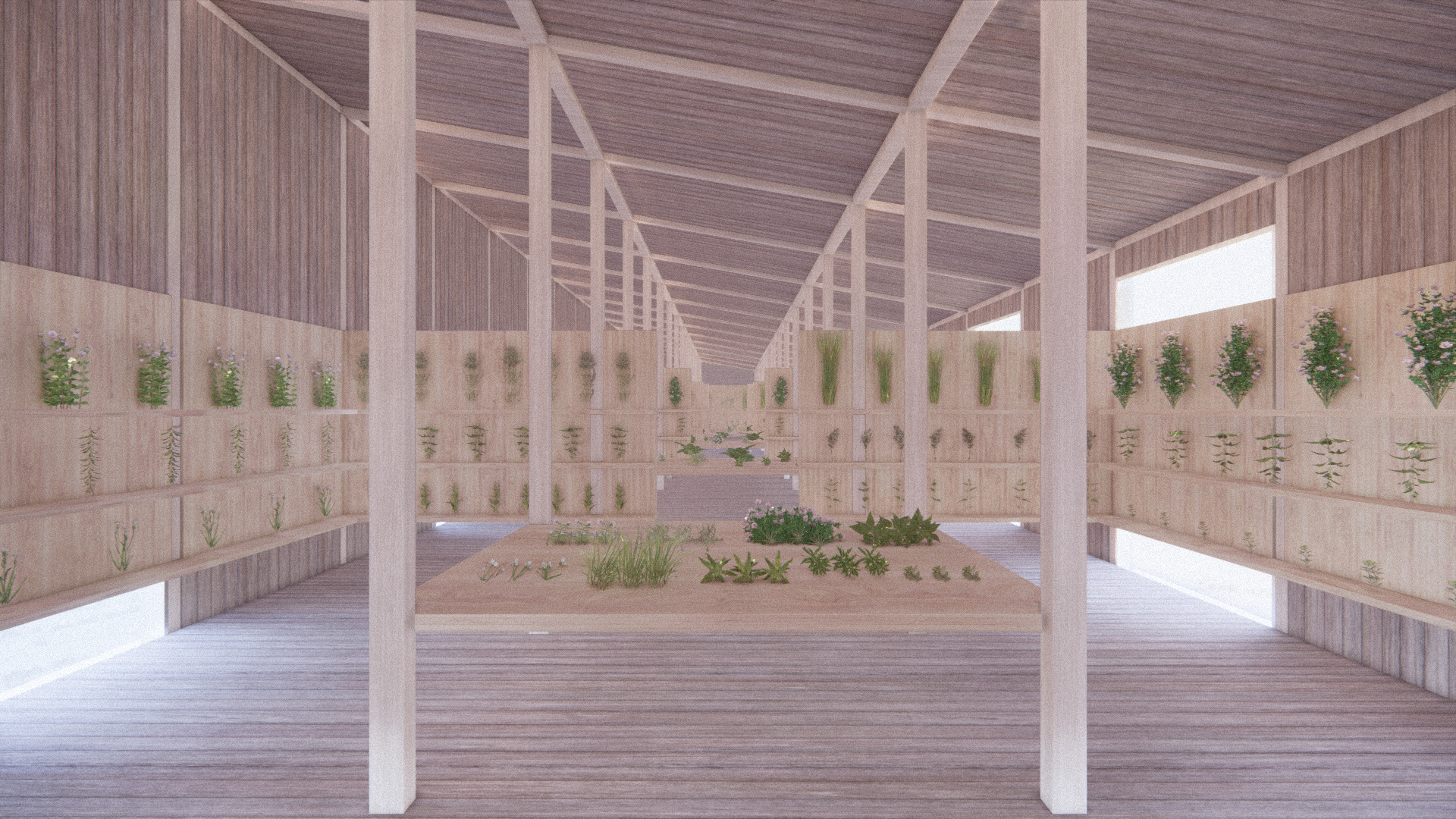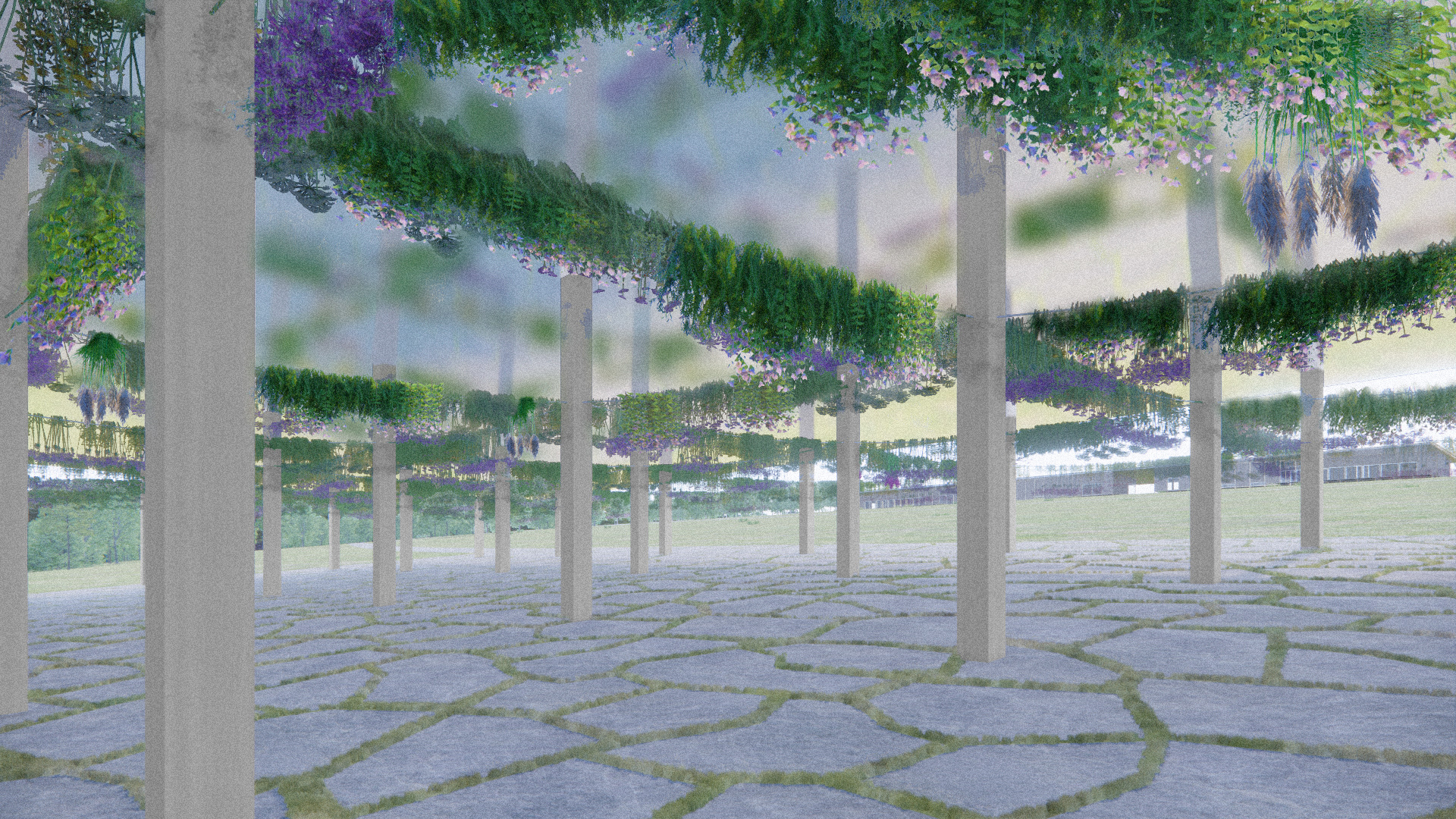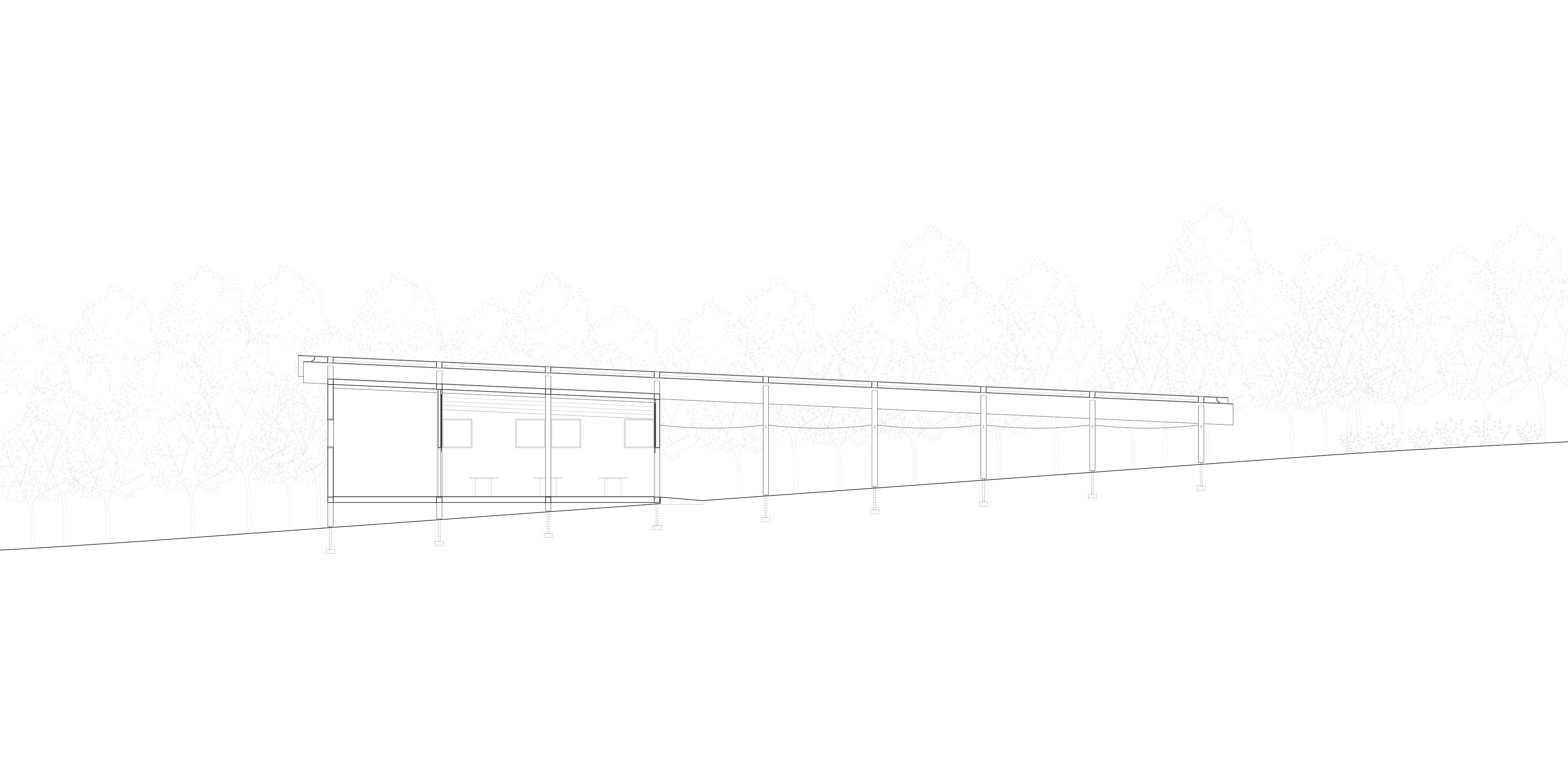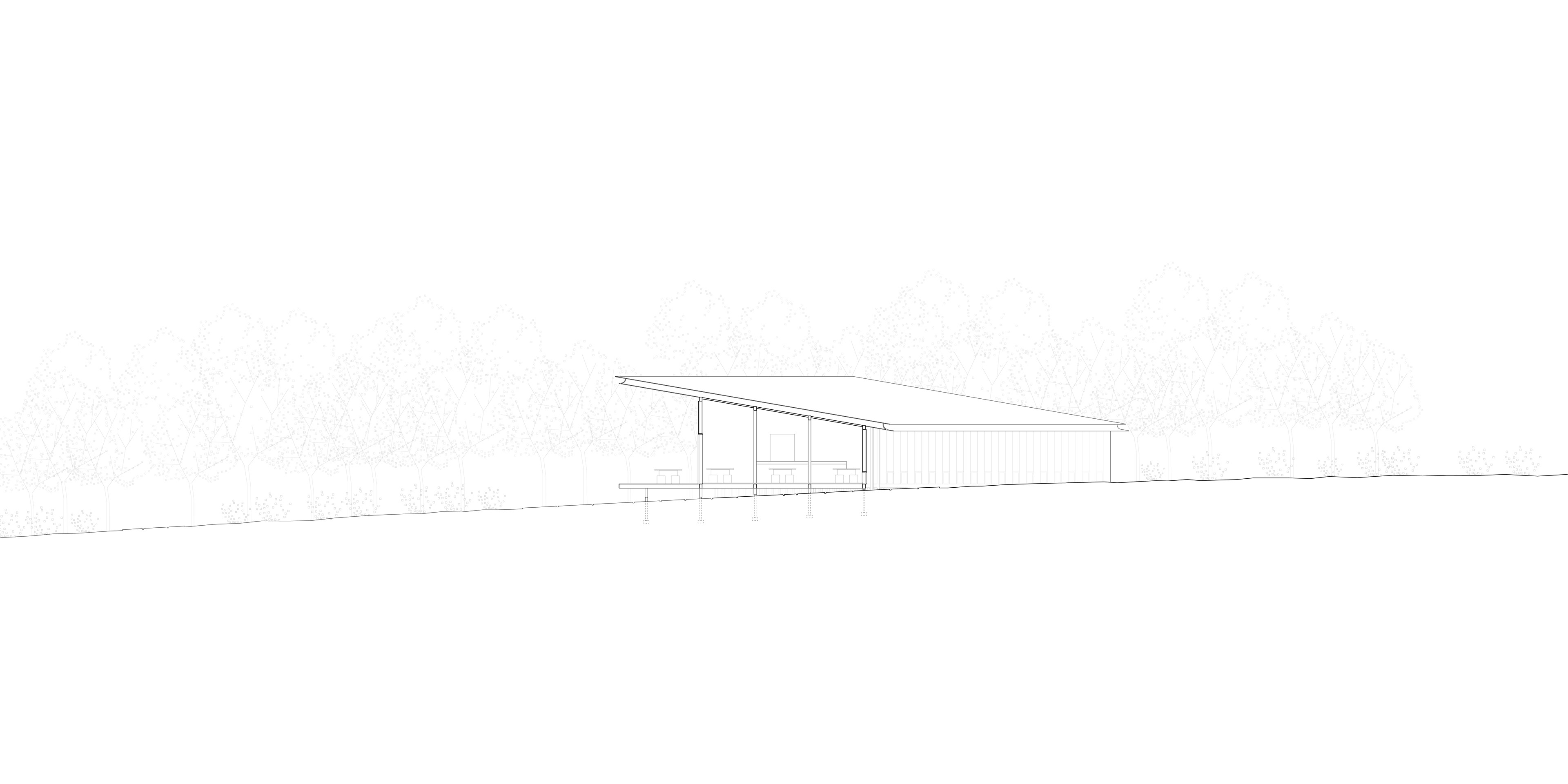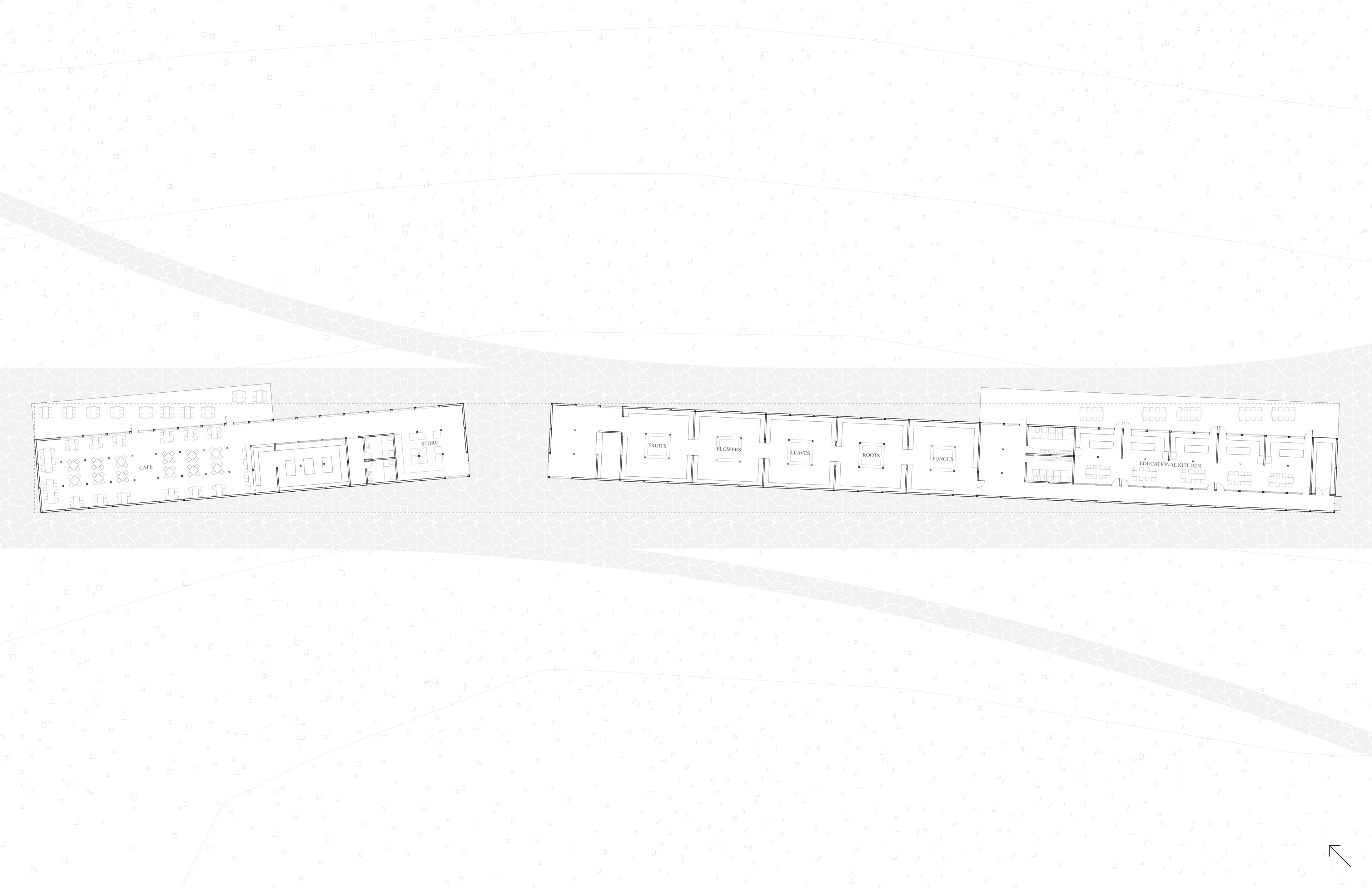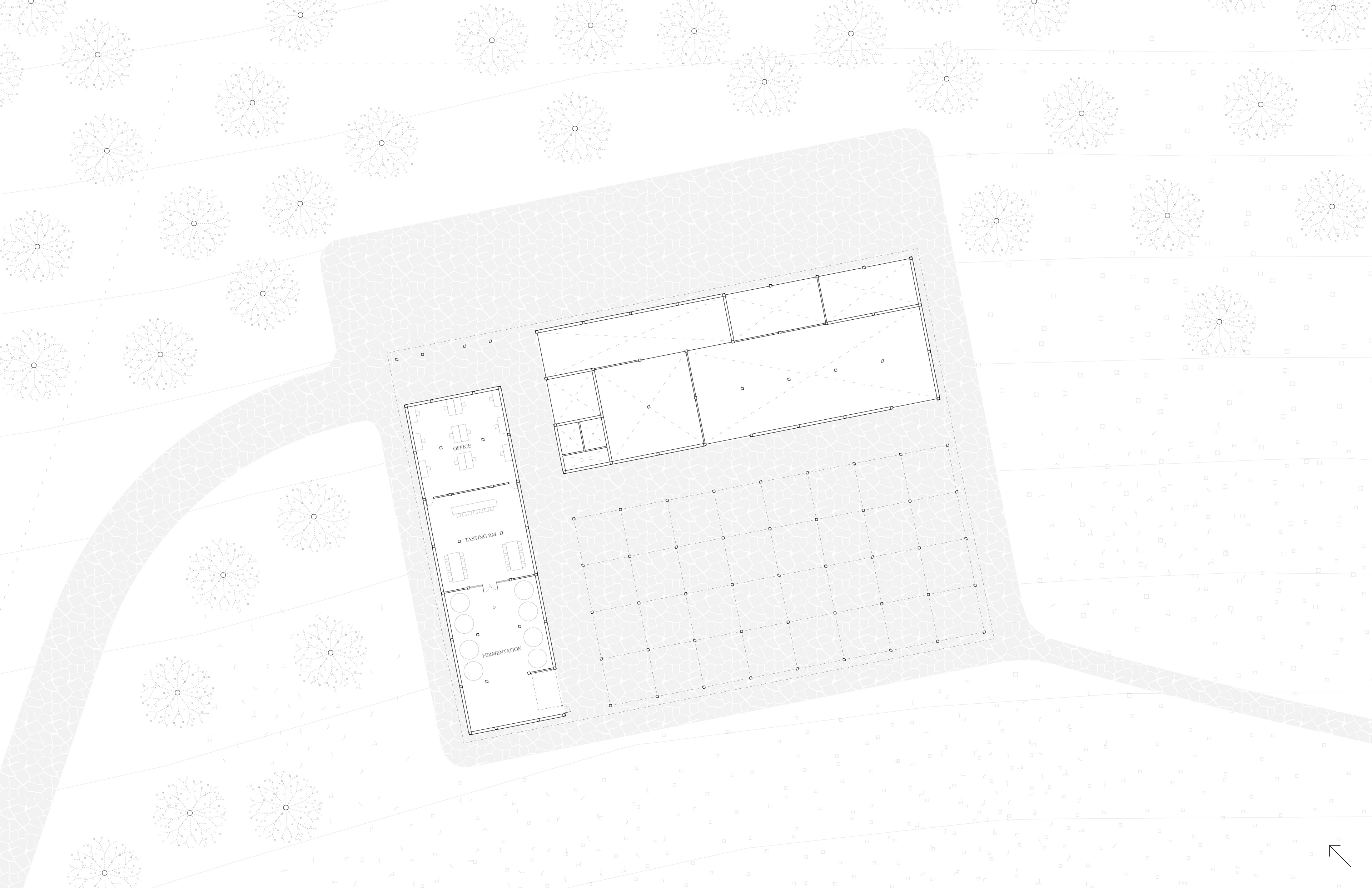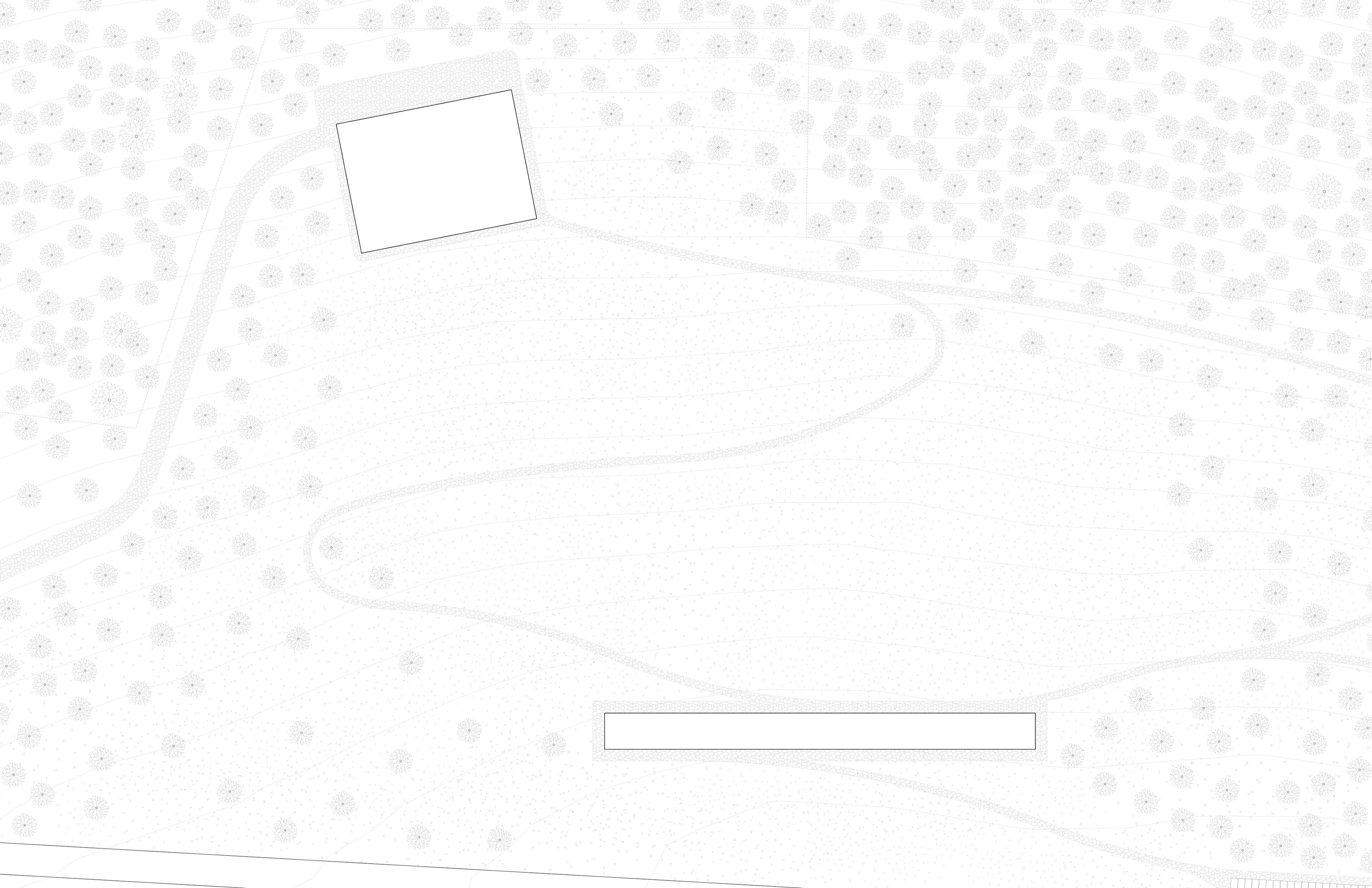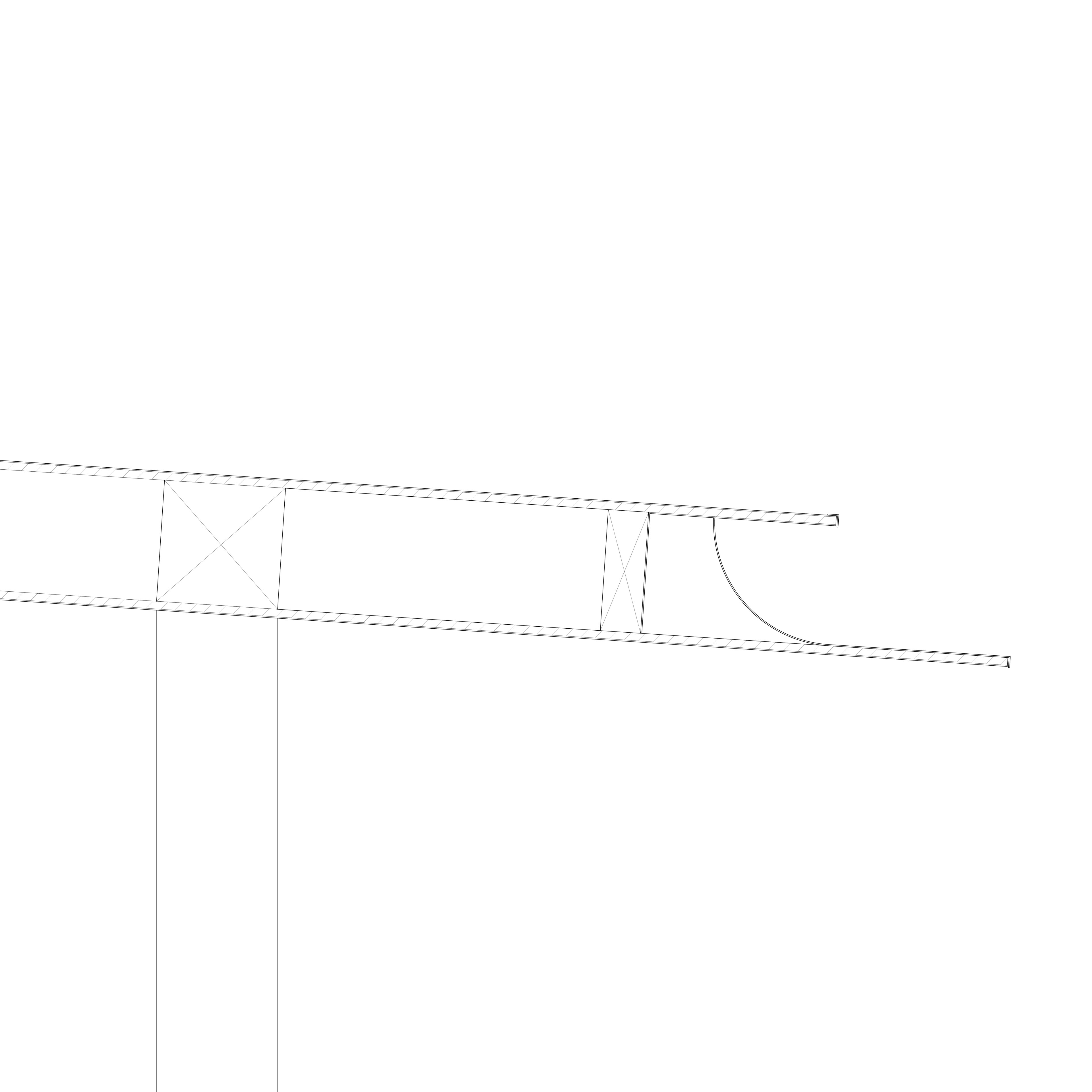2021 - Harvard GSD - Instructor: Toshiko Mori
Foraging is an act of connecting the individual to the reciprocating duality between the land and culture. Through the act of foraging, we leave our roles as consumers to participate in the larger process of sensing the season, searching for materials, and transforming it into cuisine, constantly moving between the spectrum between wilderness and civilization.
Maine has a tradition of permissive trespassing which is conducive to foraging. This allows for Mainers to have access to healthy seasonal foods, connecting the residents to the land on which they live on.
Monson is the last town before the 100 mile wilderness and is a stopping point for many hikers who may find it beneficial to learn about foraging for their trek, and is also in a county with high poverty rate, with many people who would benefit from finding free natural food. Monson is also transforming into an art town with the recent investment to set up an artists’ residence by the Libra foundation.
As a site located in a town with visitors interested in nature and arts, I am proposing a Foraging Sight. A site to learn and experience foraging, experience a spectacle from foraging, and consume goods that came from foraging.
The program is separated and clustered under the two large roofs, with each building referencing aspects of the reciprocal duality of civilization and wilderness.
The linear building located by the road is for the consumption of knowledge and food, by housing the education sequence, educational kitchen, store, and a café. The linearity can be understood to be spatially organized sequentially, reflecting the progressive qualities of civilization.
The field condition building located by the forest is for the production of raw materials to food. It houses the covered outdoor drying racks, an experimental winery, and packaging and storing rooms. The spatial field can be understood to reflect the conditions of the wilderness where there isn’t a linear directionality.
The rest of the space in between is an expanse for foraging plants and mushrooms. The visitors can walk along the paths that follow the contours or walk freely off the path to forage. The two separated buildings that house different stages of food culture maintain connection to each other and the visitors by picturesque sightlines.
The underside of the roof is also made of anodized metal, creating a sensory spectacle of colorful hanging plants with blurred reflection that gradually ascends with the slope of the roof creating variation through the reflective distance. It is both a visual and olfactory scene with the concentrated scent of all the hanging plants, creating a concentrated space resulting from the act of foraging.
With the buildings reflecting, framing, and hanging the landscape on its surfaces and spaces while also straddling the line between interfering on the landscape with its vast scale but yielding to the landscape by attempting to interact gently with the ground, the two buildings position themselves on the spectrum of the constructed duality of civilization and wilderness which we mediate with our perceptions.

